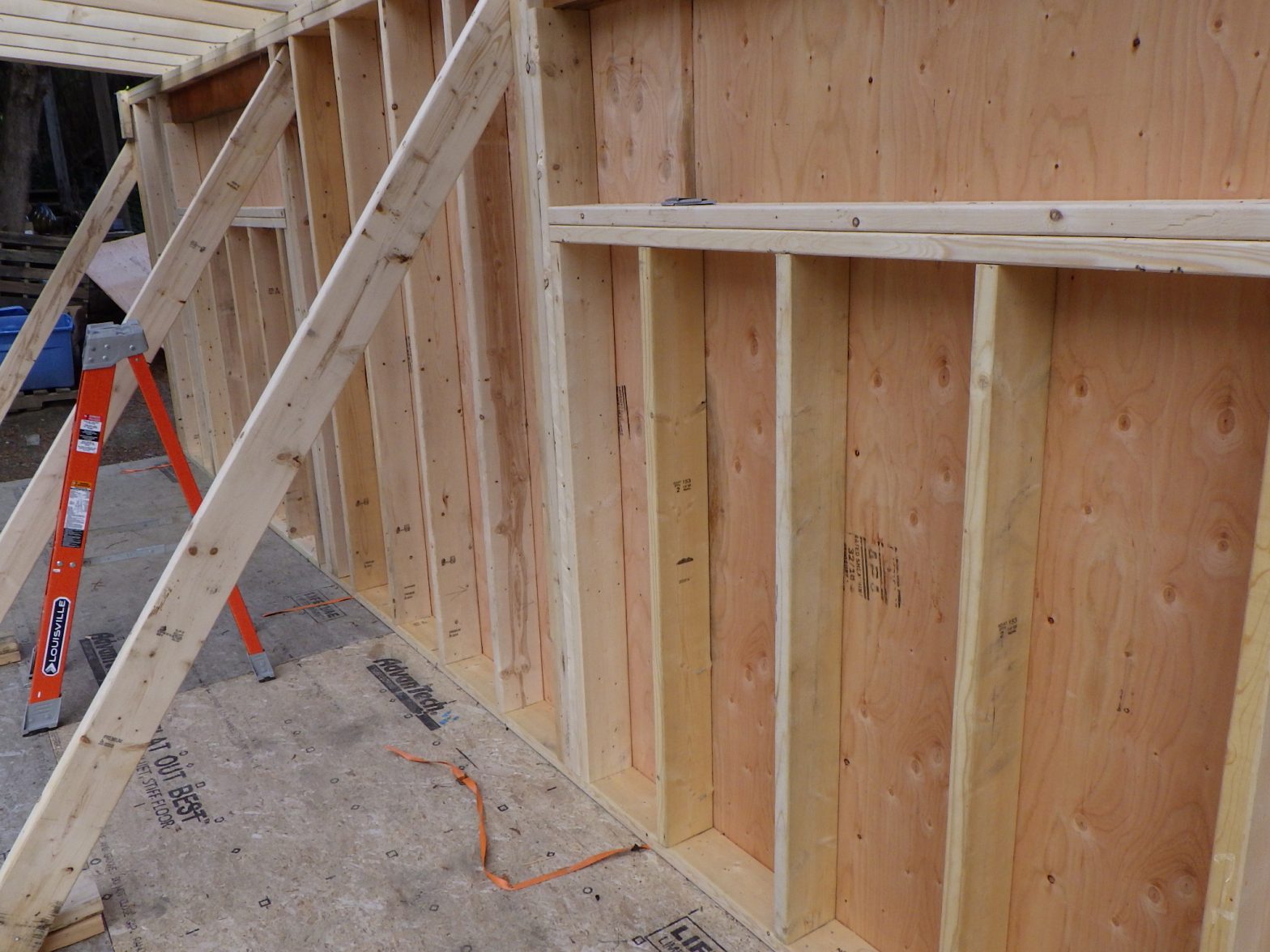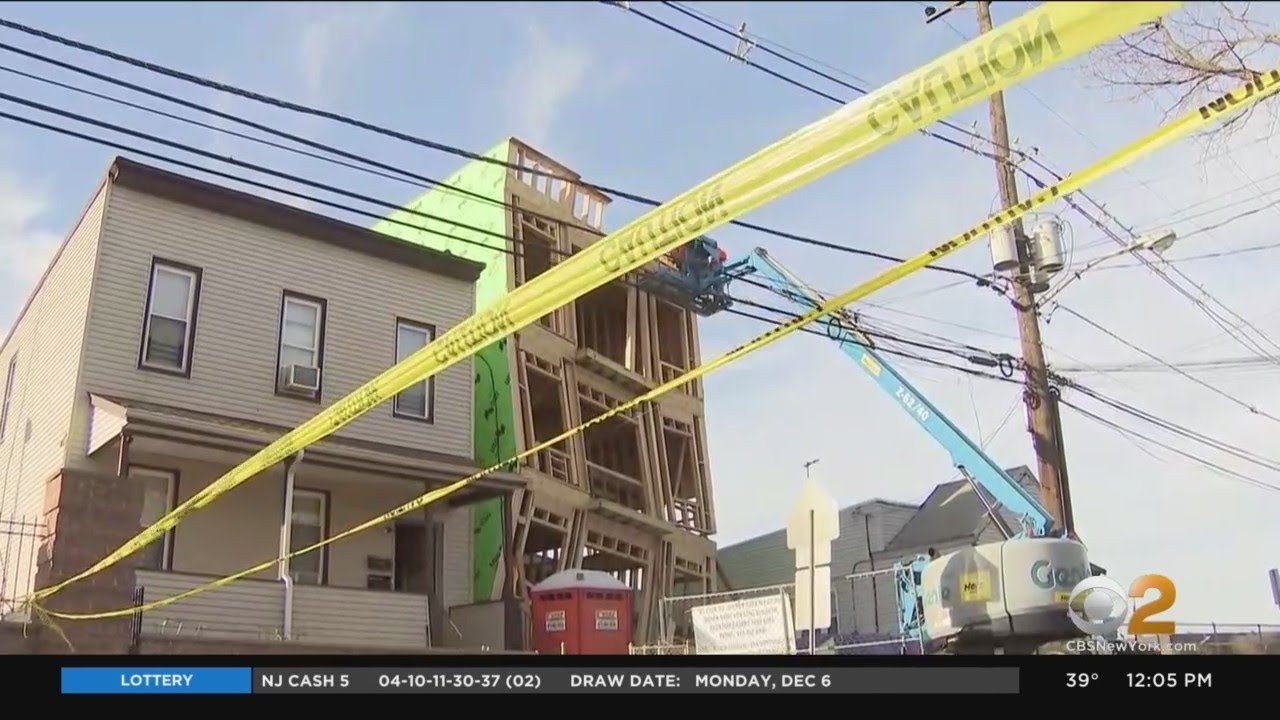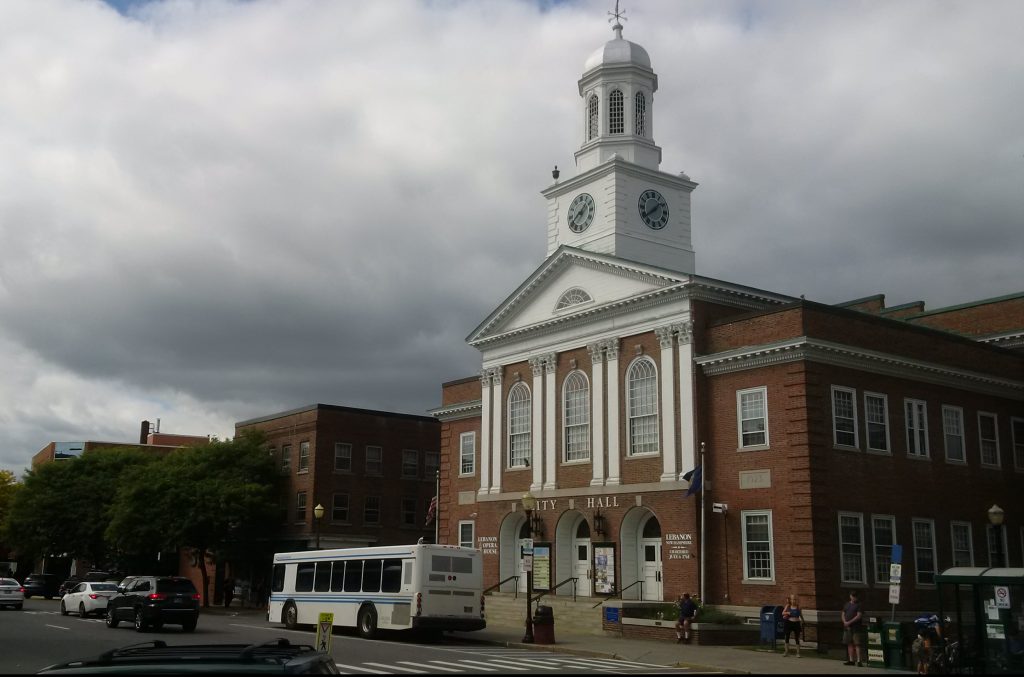 Last week, Lebanon Opera House, the nonprofit arts and culture organization that operates the performing arts venue of the same name, kicked off its celebration of the theater’s centennial with a grand reopening following a multi-million dollar renovation project. The project featured modernized searing, an expanded lobby and improved artist-support spaces, along with an interior design that combines art deco detail and patterns evocative of the theater’s 1920s origins with modern simplicity. With its last significant renovation over 20 years ago, the Lebanon Opera House was in due for an update to bring it into its second century of service.
Last week, Lebanon Opera House, the nonprofit arts and culture organization that operates the performing arts venue of the same name, kicked off its celebration of the theater’s centennial with a grand reopening following a multi-million dollar renovation project. The project featured modernized searing, an expanded lobby and improved artist-support spaces, along with an interior design that combines art deco detail and patterns evocative of the theater’s 1920s origins with modern simplicity. With its last significant renovation over 20 years ago, the Lebanon Opera House was in due for an update to bring it into its second century of service.
As prominent as the opera house is, particularly after the renovation, it is housed within Lebanon City Hall, an active municipal building for a city of about 15,000 people at the core of the Upper Valley region of New Hampshire and Vermont. As a touring musician or theater production sets up for an evening performance, residents may be paying property taxes, obtaining vehicle registrations, or filing building permits one floor below. The building also houses the city council chambers and the offices of the city manager and various city departments. Continue reading “From the Files: Lebanon City Hall”
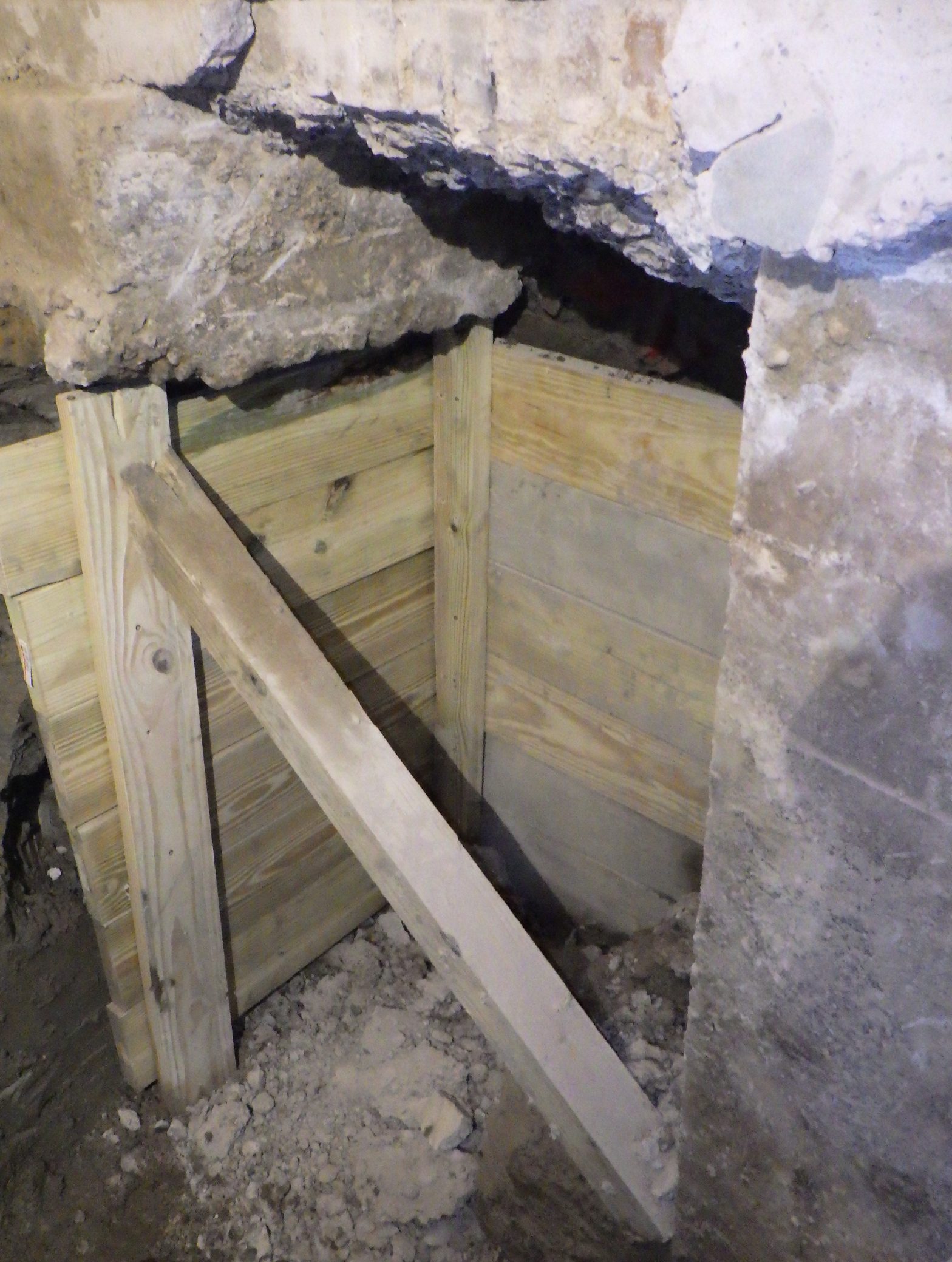
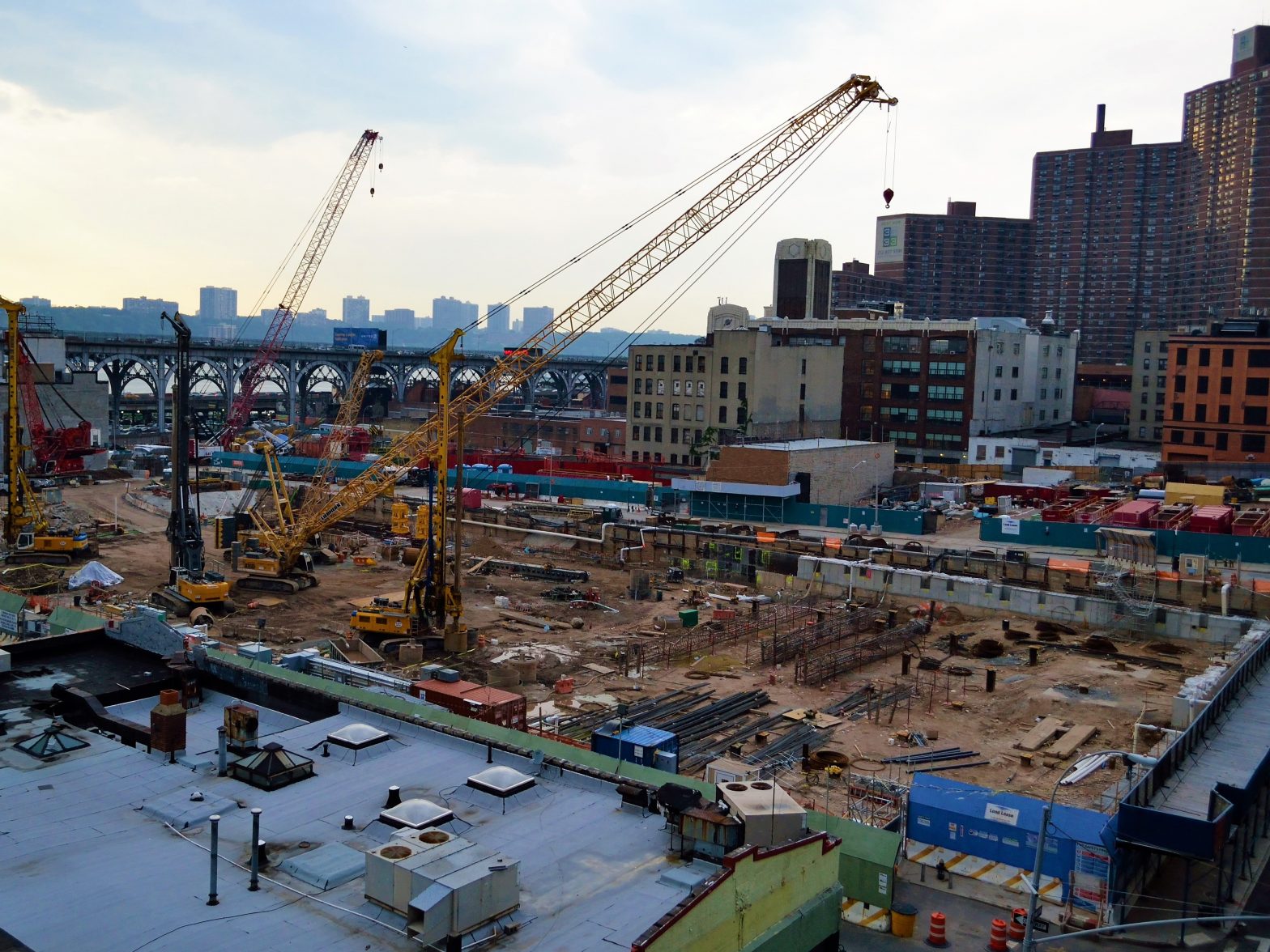
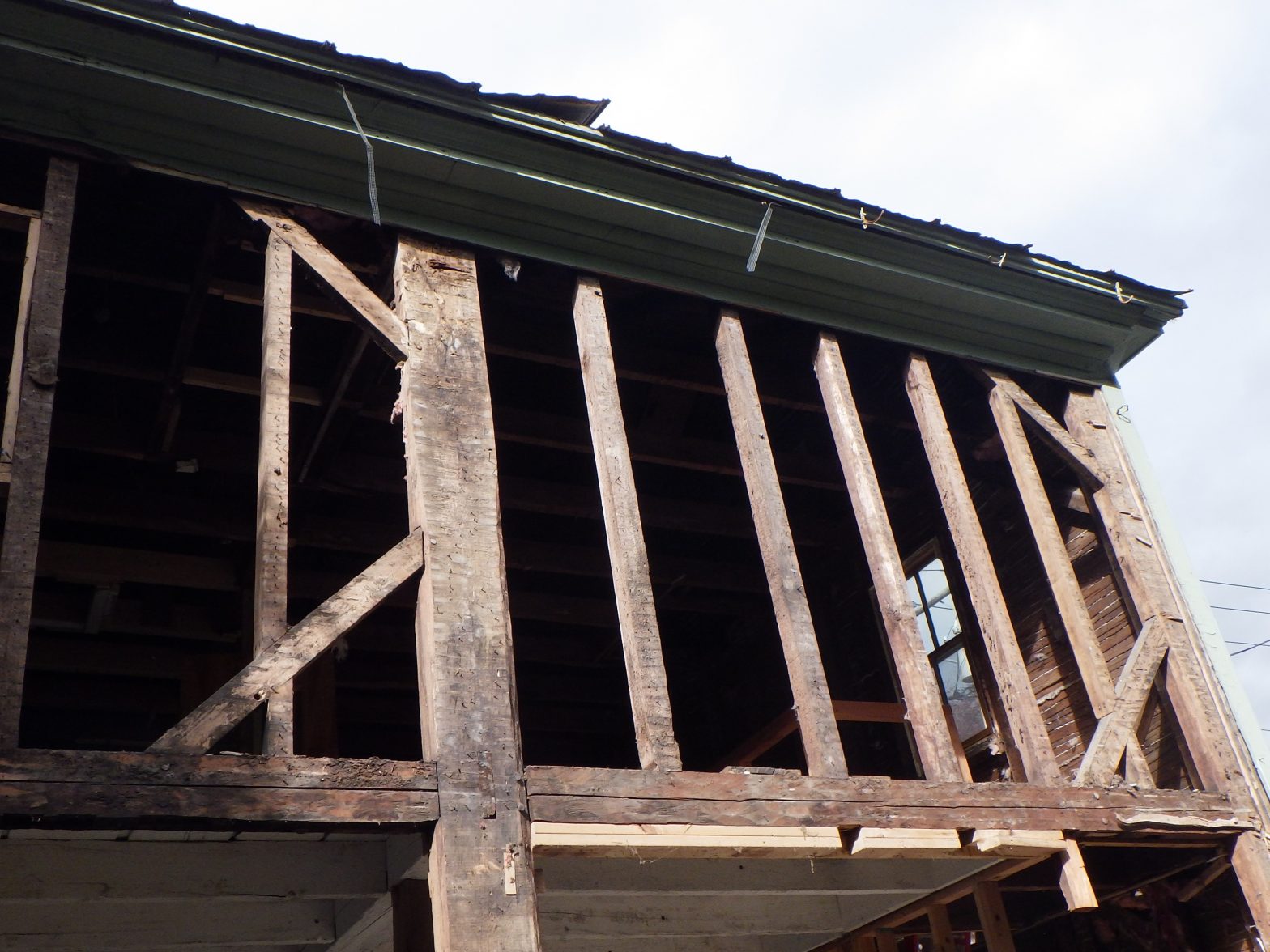
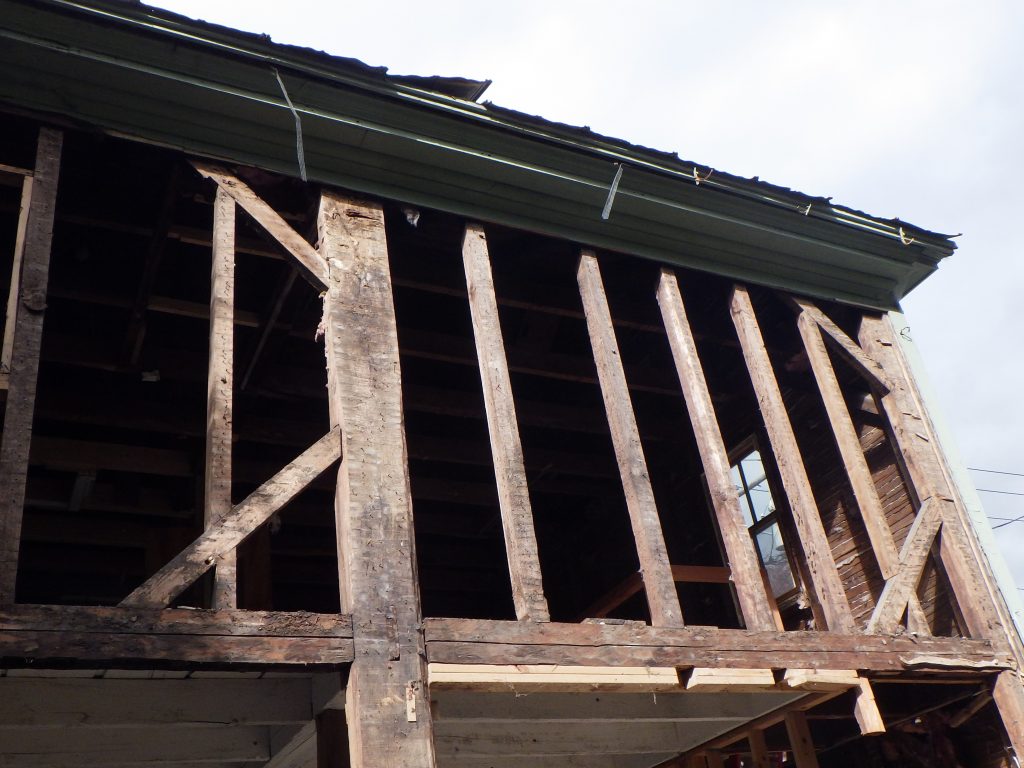 Many buildings constructed in the nineteenth century and earlier are timber-frame structures. Builders used plentiful old-growth timber and adapted European construction methods to the new world. While the behavior of timber braced frames are fairly complex, these buildings were built without the aid of structural engineering calculations and design standards. To ensure that the building was safe and useable, the builders could not deviate too far from their prior experience. As a result, historical timber-frame buildings follow common forms and floor plans. Even as light wood-frame construction began to replace timber framing in the late nineteenth and early twentieth centuries, vestiges of timber framing practice persisted.
Many buildings constructed in the nineteenth century and earlier are timber-frame structures. Builders used plentiful old-growth timber and adapted European construction methods to the new world. While the behavior of timber braced frames are fairly complex, these buildings were built without the aid of structural engineering calculations and design standards. To ensure that the building was safe and useable, the builders could not deviate too far from their prior experience. As a result, historical timber-frame buildings follow common forms and floor plans. Even as light wood-frame construction began to replace timber framing in the late nineteenth and early twentieth centuries, vestiges of timber framing practice persisted.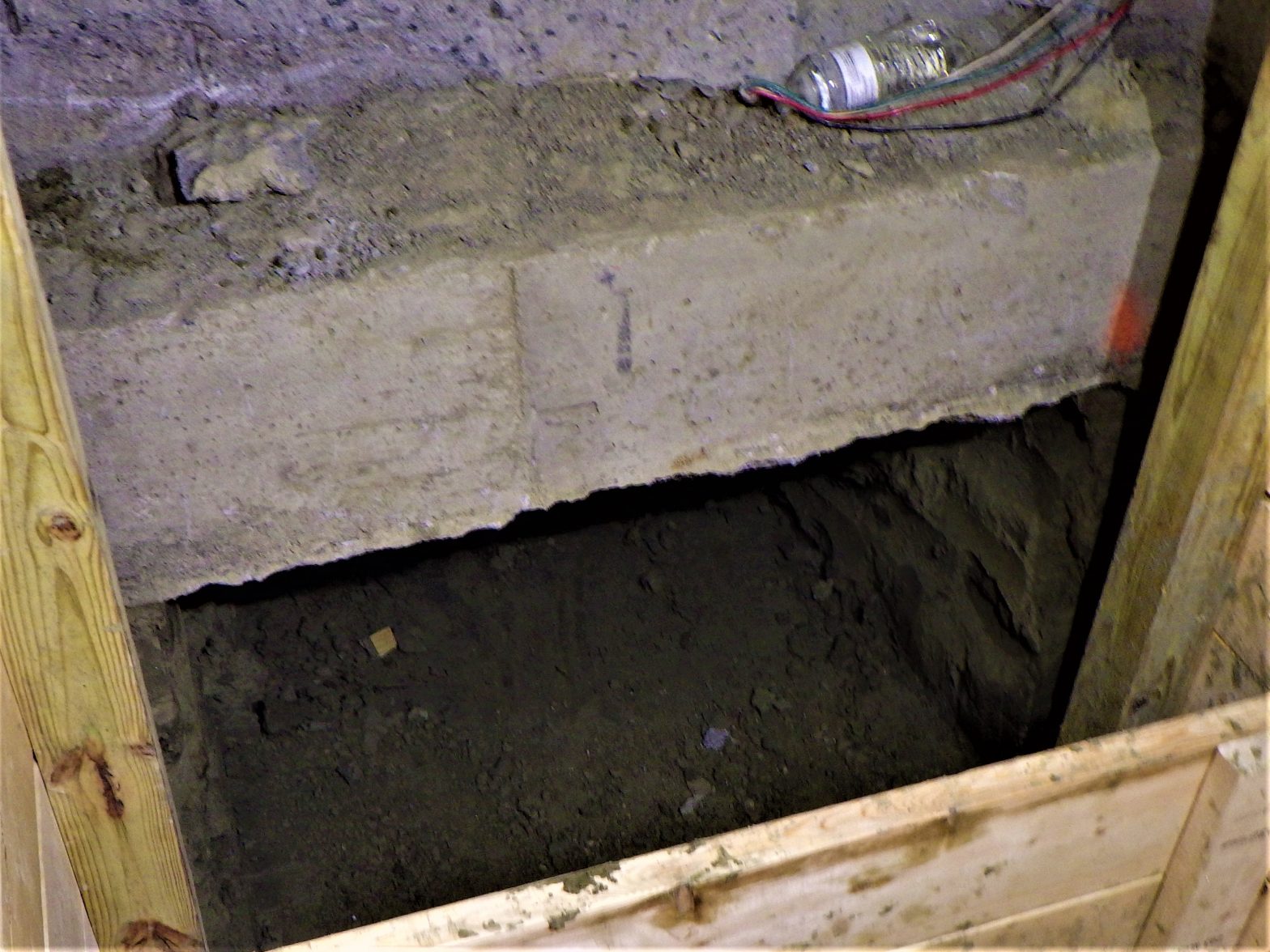
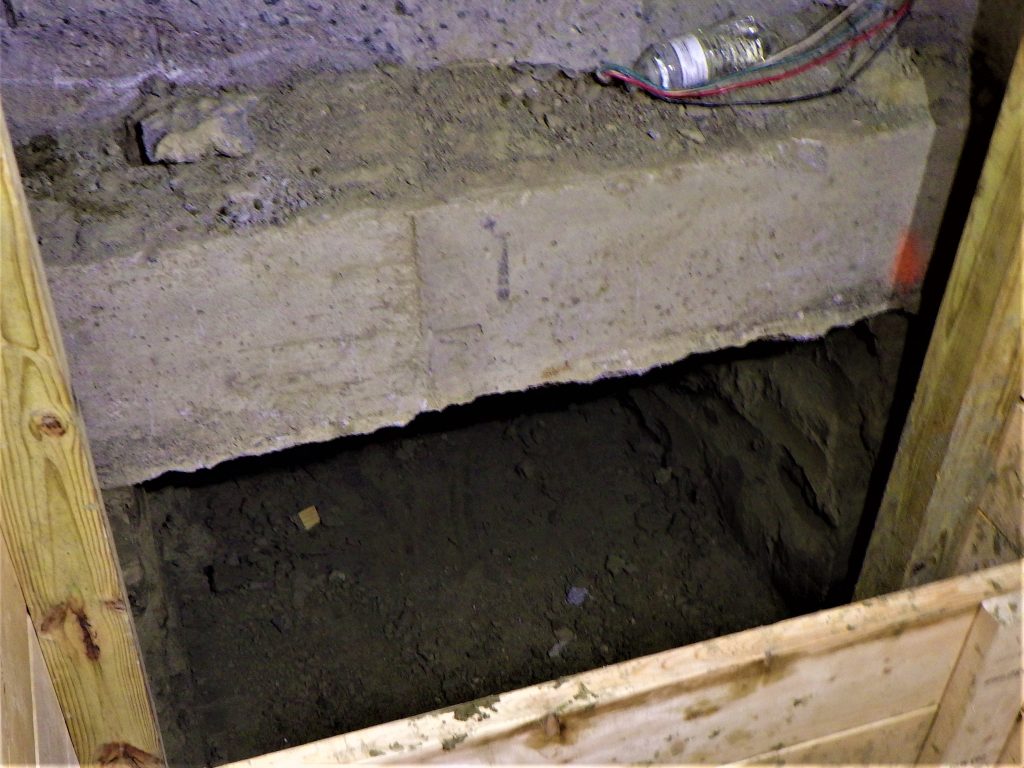 As RJDCE was completing projects from late 2021, the 2022 construction season started quickly. The schedule coordination difficulties that have come to characterize the COVID-19 era in the architecture, engineering and construction industry continued to plague multiple projects. After a few months of an abnormally high proportion of proposals becoming projects and additional services being required for ongoing projects, the practice was severely overloaded. Despite contract labor recruitment efforts to
As RJDCE was completing projects from late 2021, the 2022 construction season started quickly. The schedule coordination difficulties that have come to characterize the COVID-19 era in the architecture, engineering and construction industry continued to plague multiple projects. After a few months of an abnormally high proportion of proposals becoming projects and additional services being required for ongoing projects, the practice was severely overloaded. Despite contract labor recruitment efforts to 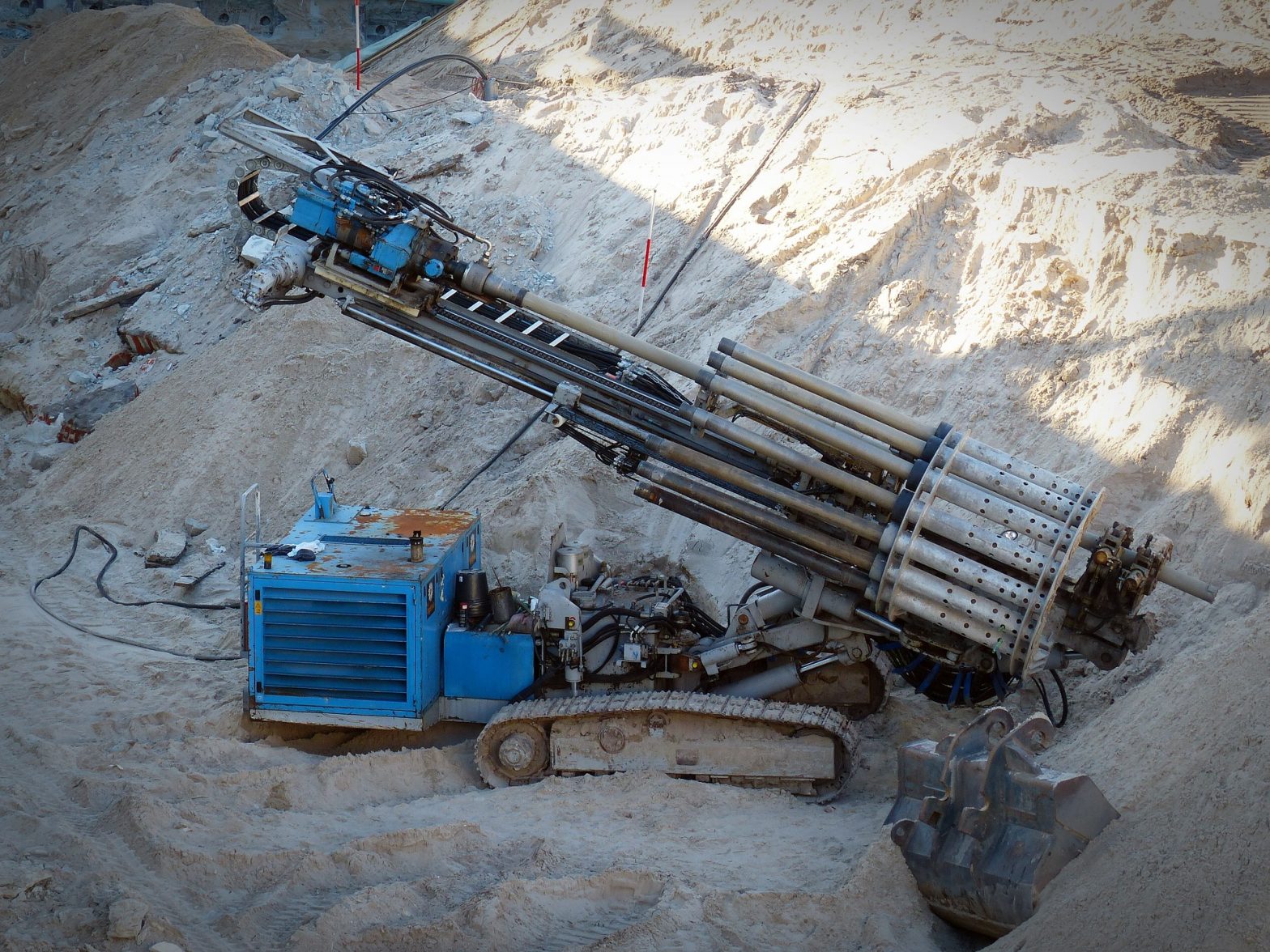
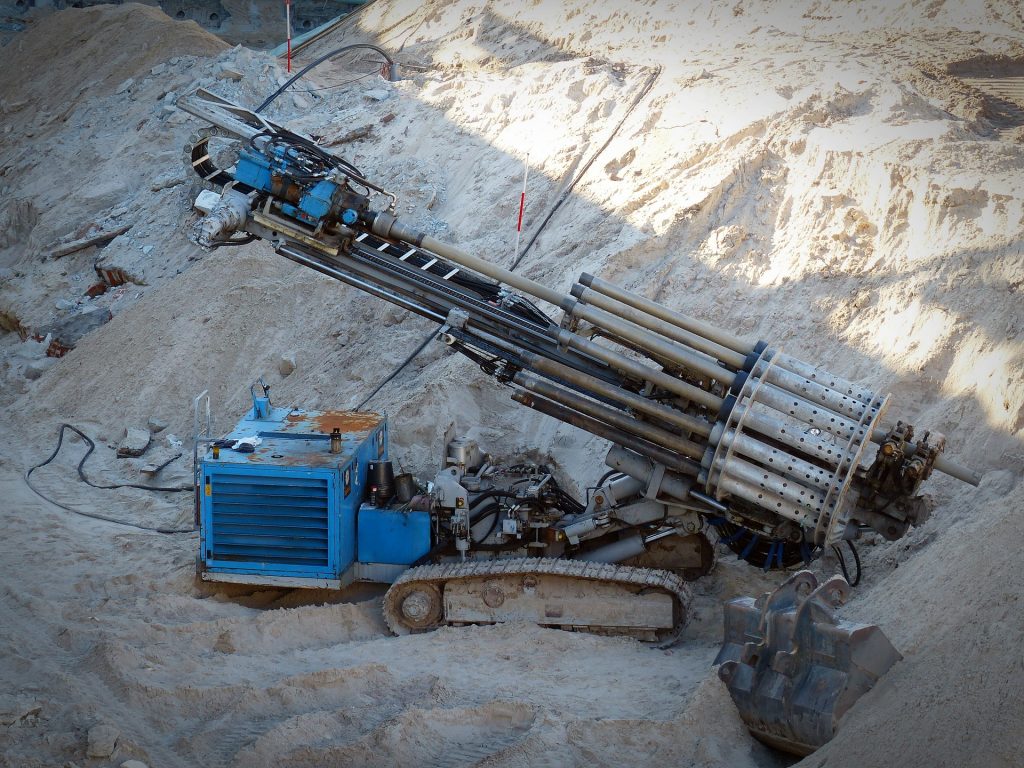 Soil and rock anchors, sometimes collectively referred to as ground anchors, are tension elements consisting of a tendon composed of prestressing strands or a reinforcing steel bar that is grouted in a borehole. Ground anchors derive resistance to load through the bond strength between the grout, the tendon and the soil or rock in which it is installed.
Soil and rock anchors, sometimes collectively referred to as ground anchors, are tension elements consisting of a tendon composed of prestressing strands or a reinforcing steel bar that is grouted in a borehole. Ground anchors derive resistance to load through the bond strength between the grout, the tendon and the soil or rock in which it is installed.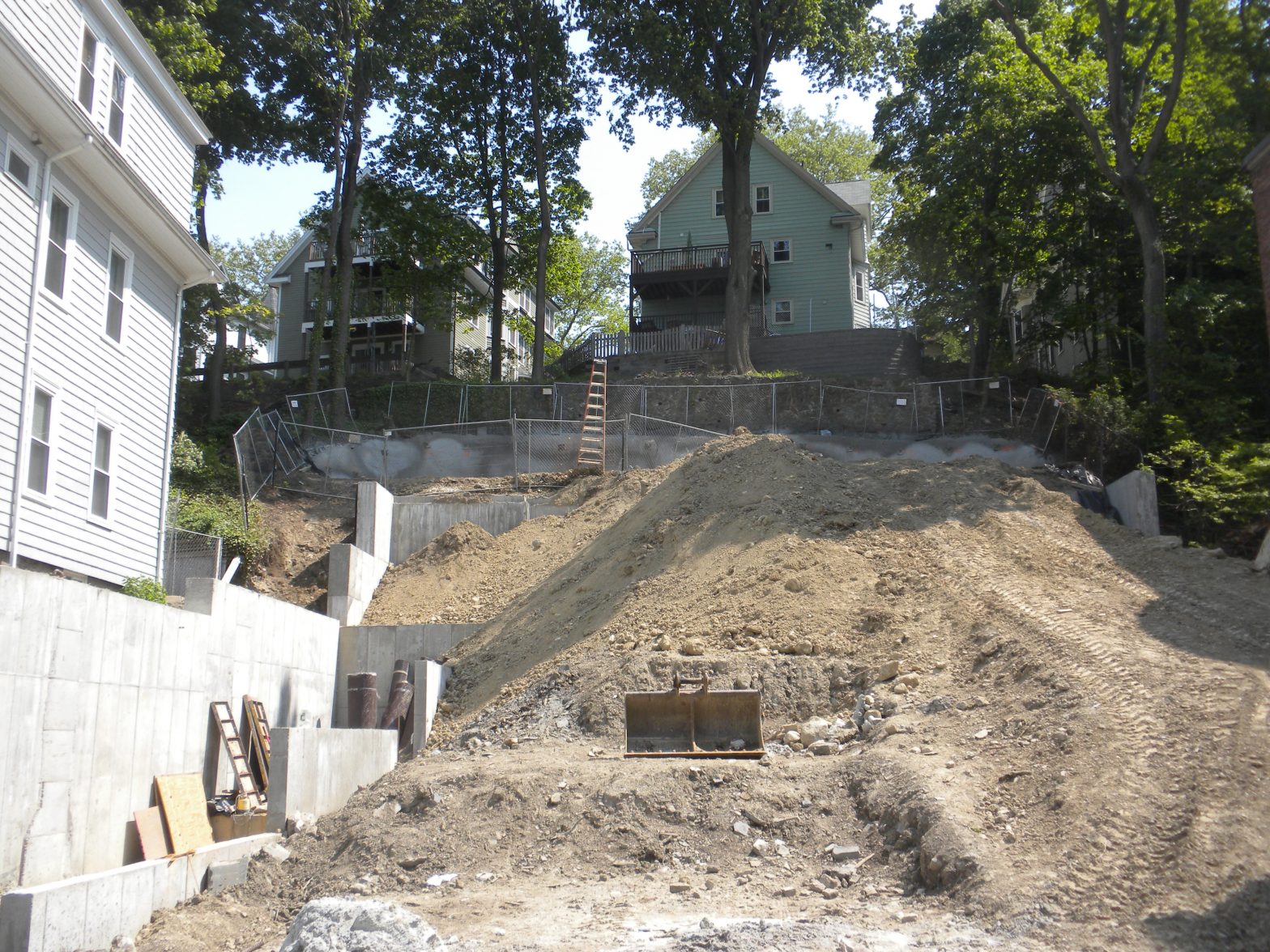
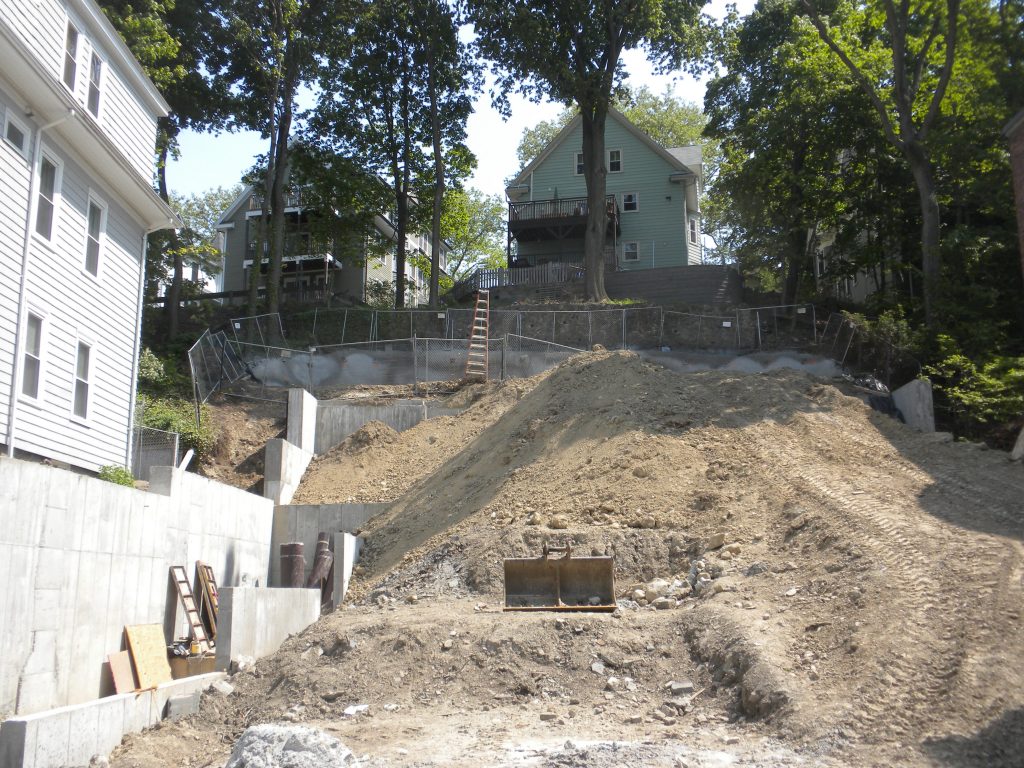 With high property values and space at a premium, construction in cities and urban suburbs usually involves redeveloping or expanding the built-up area of a previously occupied lot or collection of lots in an established neighborhood. To maximize the utilization of land, projects are often designed such that the built-up area, including buildings, accessory structures, parking and landscaping are built-up to the property line.
With high property values and space at a premium, construction in cities and urban suburbs usually involves redeveloping or expanding the built-up area of a previously occupied lot or collection of lots in an established neighborhood. To maximize the utilization of land, projects are often designed such that the built-up area, including buildings, accessory structures, parking and landscaping are built-up to the property line.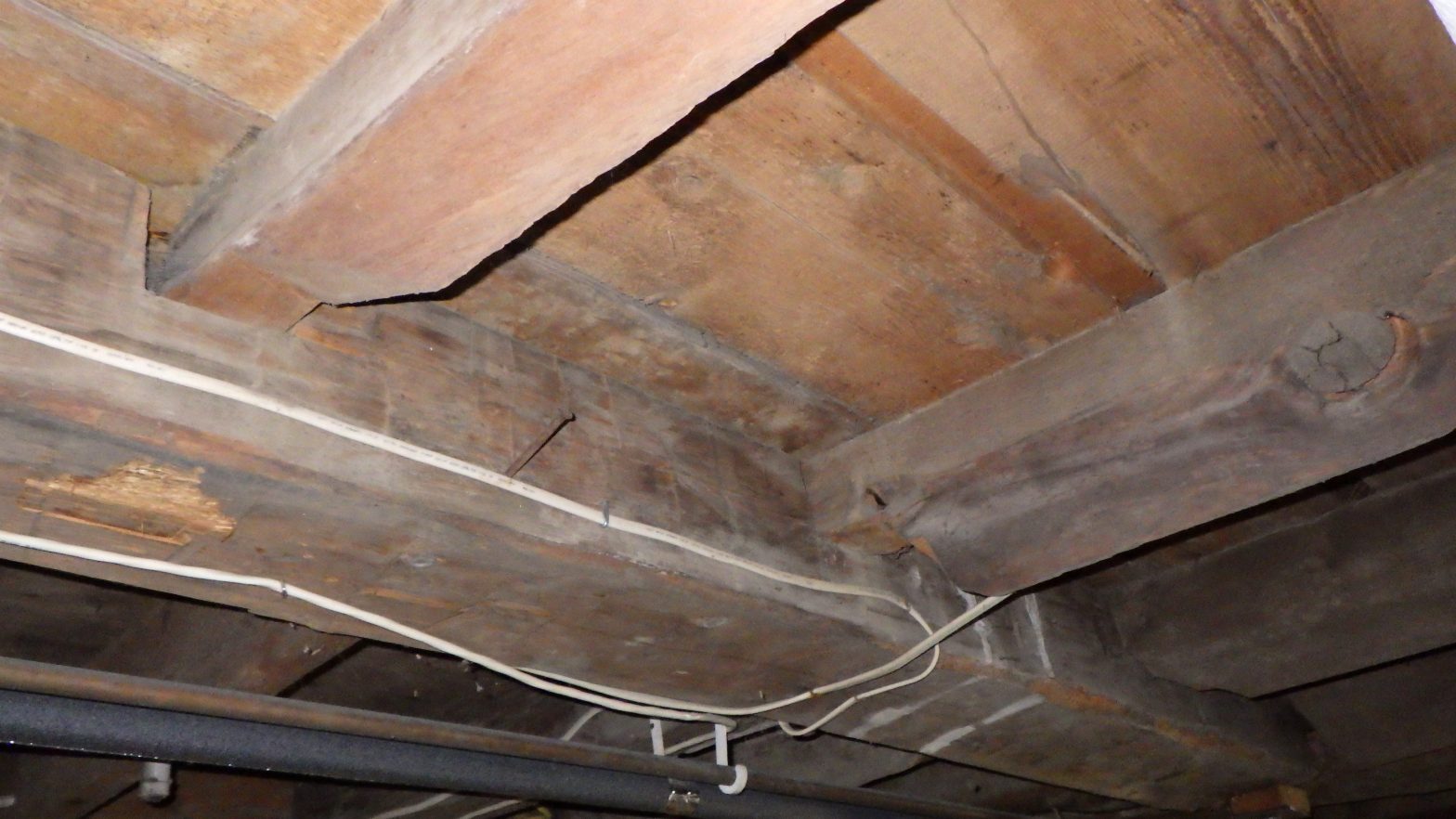
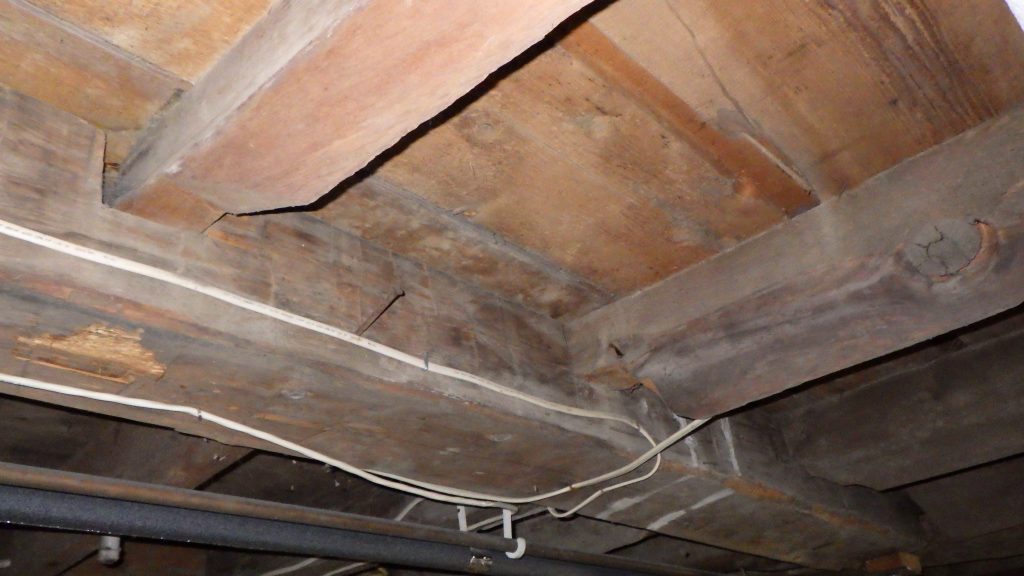 Halfway through spring – according to the calendar more than the weather – the 2022 construction season is off to another fast start. This is one of the busiest times of year for Richard J. Driscoll, Consulting Engineer (RJDCE) and that trend continues this year. Like a lot of firms, RJDCE has a growing backlog and is experiencing delays and cost increases from outside services and vendors. The lack of available schedule “float” every week and frequent disruptions result in unpredictably long delivery times for certain services.
Halfway through spring – according to the calendar more than the weather – the 2022 construction season is off to another fast start. This is one of the busiest times of year for Richard J. Driscoll, Consulting Engineer (RJDCE) and that trend continues this year. Like a lot of firms, RJDCE has a growing backlog and is experiencing delays and cost increases from outside services and vendors. The lack of available schedule “float” every week and frequent disruptions result in unpredictably long delivery times for certain services. 
 Richard J. Driscoll, Consulting Engineer (RJDCE),
Richard J. Driscoll, Consulting Engineer (RJDCE), 